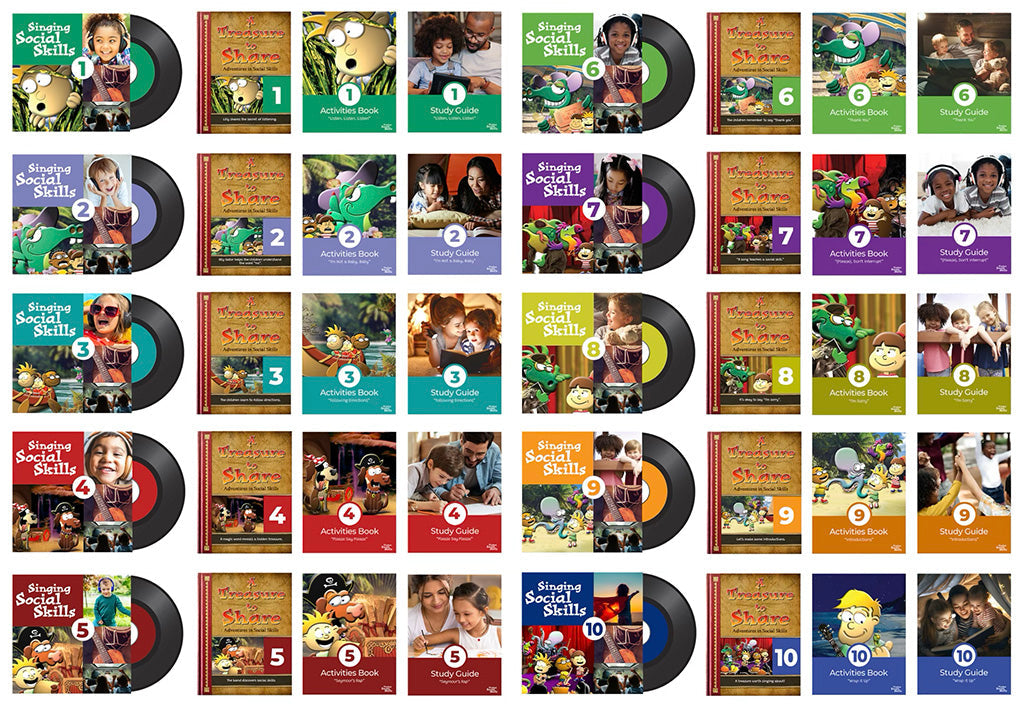
The Power of Pen to Paper: Why Handwriting Matters in Children’s Learning
In today’s digital age, where keyboards and touchscreens dominate, the act of putting pen to paper might seem outdated. However, handwriting remains a cornerstone of childhood development and learning. Far beyond just forming letters, writing by hand cultivates essential cognitive, emotional, and motor skills that no digital device can fully replicate. Let’s explore why the simple act of writing with pen and paper holds immense value for children’s education.
1. Handwriting Boosts Brain Development
Writing by hand activates multiple regions of the brain, fostering connections that enhance learning and memory. Studies have shown that when children write letters, they engage the brain's sensory, motor, and cognitive processes, which strengthens neural pathways. These benefits extend to improved focus, problem-solving, and comprehension skills.
2. Improves Fine Motor Skills
The physical act of writing with a pen or pencil hones fine motor skills. Holding a writing tool, controlling its movement, and applying the right amount of pressure all contribute to the development of dexterity and hand-eye coordination. These skills are foundational not only for writing but also for tasks like using scissors, tying shoes, and even typing later on.
3. Enhances Memory and Retention
There’s a strong connection between handwriting and memory. When children write information down, they process it more deeply than when typing or merely reading. This is because writing requires more mental effort, encouraging active engagement with the material. It’s why taking handwritten notes is often more effective for learning and retaining information.
4. Encourages Creativity and Critical Thinking
Handwriting encourages slower, deliberate thought, which allows ideas to flow more naturally. Unlike typing, which can sometimes lead to rushed and surface-level responses, writing by hand encourages children to think critically and creatively. It also fosters an organic connection between thoughts and their expression, sparking originality and deeper insights.
5. Builds Patience and Perseverance
Learning to write by hand requires effort and practice. The process of mastering letter formation, spelling, and eventually cursive writing teaches children discipline, patience, and the value of persistence. These qualities build resilience, which is vital for tackling challenges in other areas of life.
6. Supports Emotional Expression
Writing by hand provides a personal and tactile way for children to express their thoughts and feelings. Journaling, for example, allows kids to articulate emotions, explore their inner world, and develop emotional intelligence. The intimacy of pen to paper fosters a unique sense of connection and authenticity that typing often lacks.
7. Reinforces Reading and Language Skills
Writing and reading are closely linked. Writing by hand helps children recognize letters, understand word formation, and improve spelling. Additionally, the tactile experience of forming letters enhances their ability to decode and comprehend words, laying a solid foundation for literacy.
Practical Ways to Encourage Handwriting
- Set Up a Writing Space: Create a comfortable area with plenty of paper, notebooks, and writing tools to inspire practice.
- Incorporate Fun Activities: Encourage kids to write stories, make lists, or create cards for family and friends.
- Limit Screen Time: Balance digital activities with opportunities for handwriting throughout the day.
- Practice Journaling: Provide children with a journal to record thoughts, dreams, or daily events.
- Embrace Art and Calligraphy: Introduce drawing, doodling, or creative lettering to make handwriting enjoyable and engaging.
The Lasting Value of Handwriting
While technology continues to evolve, the timeless act of writing with pen and paper remains a fundamental skill for children. It supports their intellectual growth, nurtures creativity, and fosters a sense of accomplishment that no keyboard can replicate. By encouraging handwriting, we empower children to build stronger brains, deeper connections, and a lifelong love of learning.
How do you incorporate handwriting into your children’s routine? Share your tips and experiences in the comments below!




